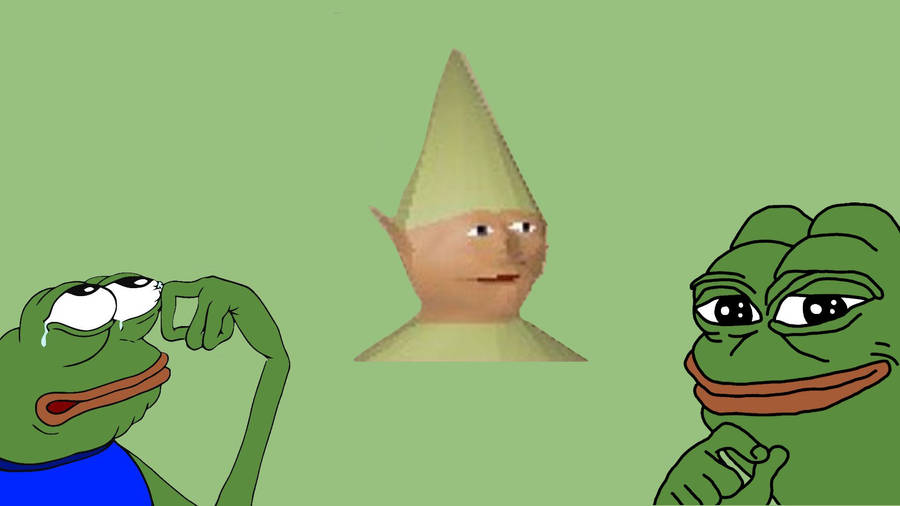The first time one of my reading coach friends suggested that I have my students read something more than once, you had to pick my jaw up off the floor.
Social studies teachers having kids read something more than once? One more time?
What an absurd idea!!!
Who’s got time for that?!?!?
“I have no idea”, I replied, “but we still don’t have time for reading things more than once. We have to get through 147 benchmarks in one year. We can’t slow down enough to read the same thing a bunch of times!”
I was wrong. She was right. Sometimes, kids have to read things more than once.
“But Tracy”, you now argue with me-from-the-past (because you’re now invested in this debate), “you were right before! We don’t have time to read everything three times!! We have pacing and a test coming up and review to fit in and.....”
Well, in the words of NO POLITICIAN lately,
Let’s compromise!
As I listened to the Supreme Court hearings last week, it occurred to me how darn many times our (current AND historical) Supreme Court Justices had read the Constitution.
And had read the constitution.
And had read the constitution.
And if those very smart folks had to (and still have to) read the Constitution over and over to better understand it, then how could my teenagers POSSIBLY get it the first time?
Even the most brilliant teen isn’t a better reader than the whole Supreme Court.
Four ways.
- Worth It. Rereading needs to be with something worth it. Most textbook chapters aren’t worth it. But a good quote or primary source might be worth the time to reread.
- Length. Rereading needs to be with something of manageable length. Don’t ask a kid to reread chapter 23. But maybe they can reread an important paragraph.
- Differences. Rereading needs to have a different task each time. Don’t have kids look for the same info every time. Instead, maybe the first time we read it to get the gist and the second time to answer a specific question, examine the author’s point of view, or look for specific words or phrases.
Try with something short, like a quote and then gradually expand your practice with longer texts.
This is beneficial for both struggling readers and excelling readers. If you choose a good piece of text, kids can get something new out of it after a second (or maybe even a third!) reading.
Make intentional choices about what your kids read and how many times they read it. But don’t be afraid to read something meaty and important more than once.
Thoughts, ideas, questions? As always, email me at newmantr@pcsb.org
-Tracy

